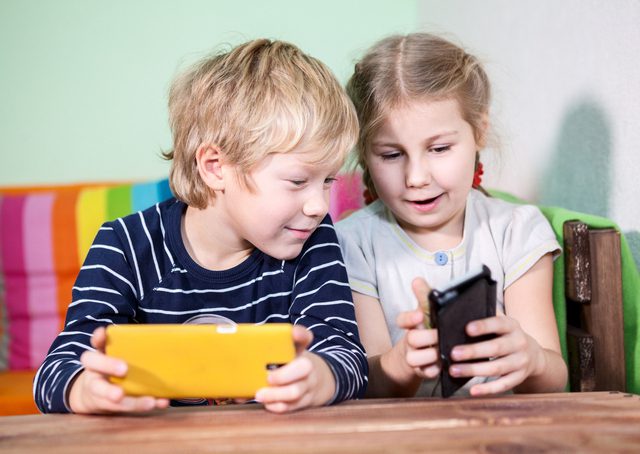Today’s Tools for Learning: The Smartphone
Once upon a time, student-owned phones in the classroom were a big no-no. Teachers didn’t want calls ringing in and disrupting their teaching, nor did they want kids dialing up their buddies during lecture. The advent of the smartphone has changed that mindset. Smartphones are not only permitted in some classrooms, they are encouraged. Here are five ways that smartphones improve the learning process.

Educational Apps for Older Students
One of the greatest add-ons to any smartphone is the app. Apps are miniature software programs that enable a user to do specific things. Educational apps enable student learning in a way that’s fun and fascinating. In 2012, Apple reported that students had downloaded about 1.5 billion learning and reference apps. As time marches on, that number is sure to grow.
Educational apps are widely available for download. Some are free; others cost a few dollars. The app market fluctuates constantly, but here’s a quick look at some popular student apps today:
- StudyBlue Flashcards: This app allows students to create their own digital flashcards.
- RealCalc Scientific Calculator: This app provides all the functions of a traditional scientific calculator.
- Dictionary.com Mobile: No more lugging around a 20-pound Merriam-Webster; this app puts language in the palm of a student’s hand.
Information Recording and Review
An information recording app called Evernote allows students to take notes digitally. The Evernote search tool helps students to find specific information in their notes quickly, without the old-fashioned paper shuffling of yesterday. Best of all, Evernote notes can be quickly accessed on any connected device.
Some students would rather speak their notes than write or type them. For these audio learners, an app called Dragon Dictation is the perfect solution. Using audio-recognition software, Dragon Dictation translates the spoken word to the written word. One catch: The app recognizes only the voice of its owner and cannot be used to transcribe the words of another speaker (like a professor). Apps like Audio Memos Free and Notes Plus are available for lecture recording, however.
Elementary Skill-Building at Home
Some school districts give each elementary student a take-home iPad or tablet. These devices come equipped with game-like apps that give students extra academic practice at home. Children who don’t receive this benefit can still take advantage of skill-building apps on one of their parent’s smartphone such as the new HTC One phone with many easy to use features. Here are four of today’s hottest phone apps for elementary students:
- ABCmouse.com Visit the Zoo Series: This app, available for iPhone, allows kids to explore animals, their habitats, and various principles of biology.
- Balloony World: This iPhone app offers a hang-man type game in which children must spell words using colorful letter balloons.
- Monkey Preschool Lunchbox: This app for Android uses interactive gaming to review the basics of counting and letter-matching.
- Super WHY: Four games derived from the hit PBS TV show, Super Why!, entertain and educate children on this Android app.
Enhanced Student Collaboration
It used to be that the only way students could work together on a project was by meeting after school. Today, students can communicate with each other any time of the day or night through texting. Texting can be educational, according to a recent Christian Science Monitor report. In fact, up to 40 percent of students between 6th and 8th grades use their smartphones for homework purposes.
Creative Photo Documentation
Smartphones make it easier than ever for students to take pictures that document their learning. Scholastic suggests 100 different ways that digital photography can be integrated into the classroom, including the photo documentation of field trips, plant growth, and vocabulary words. Photos are also helpful in the creation of class picture books, brochures, and seating charts. Elementary teachers often take a photo of students on their first day of school, then use it to create a meaningful academic memory book at the end of the year.
Technology is here to stay, and that’s a good thing. Smartphones add an element of convenience and depth to education that the students of yesteryear never enjoyed. As the smartphone continues to evolve, its positive effects on classroom learning will also continue to grow.


